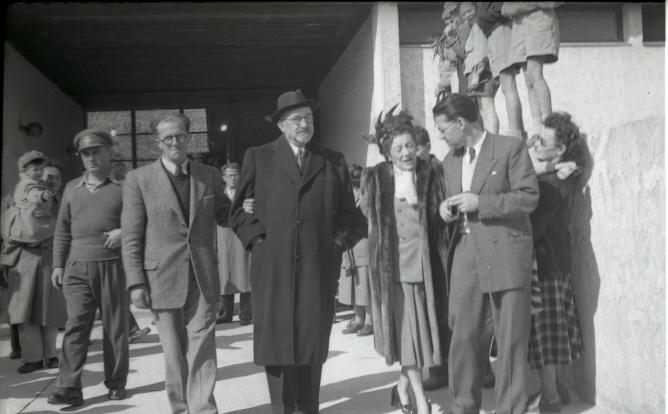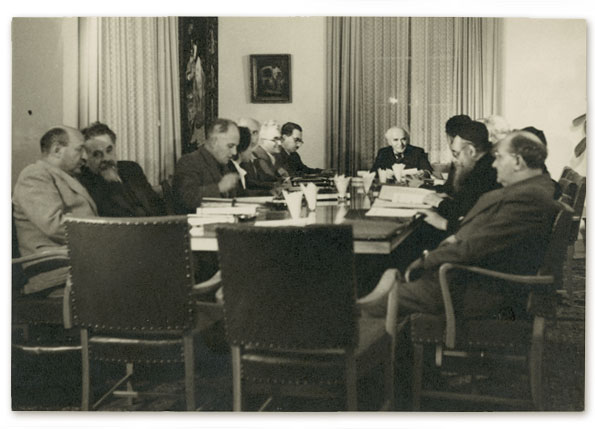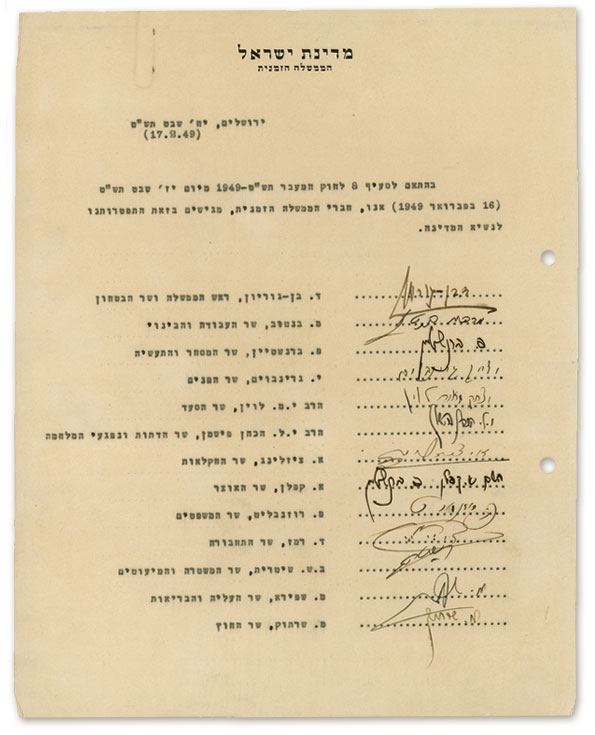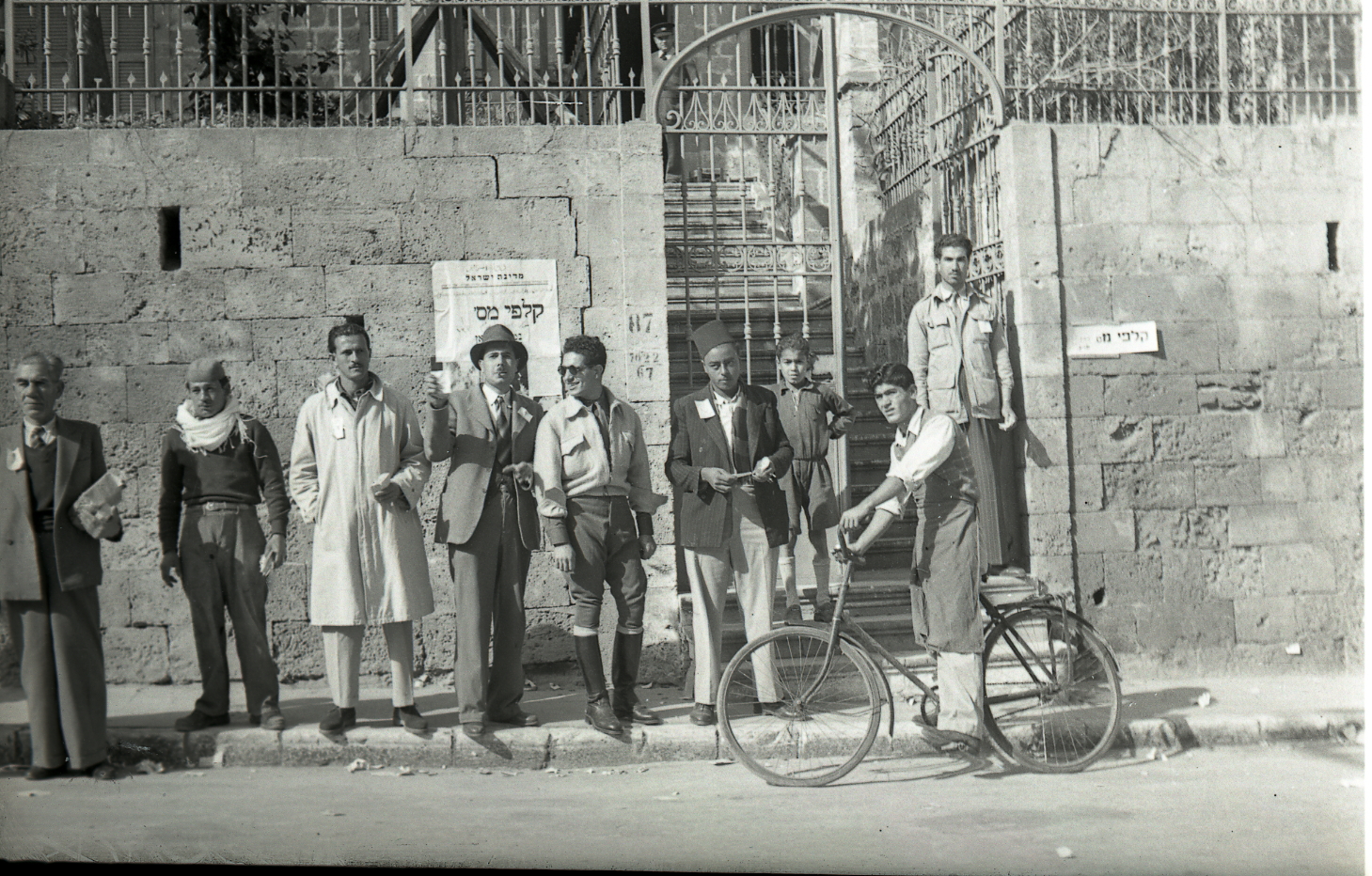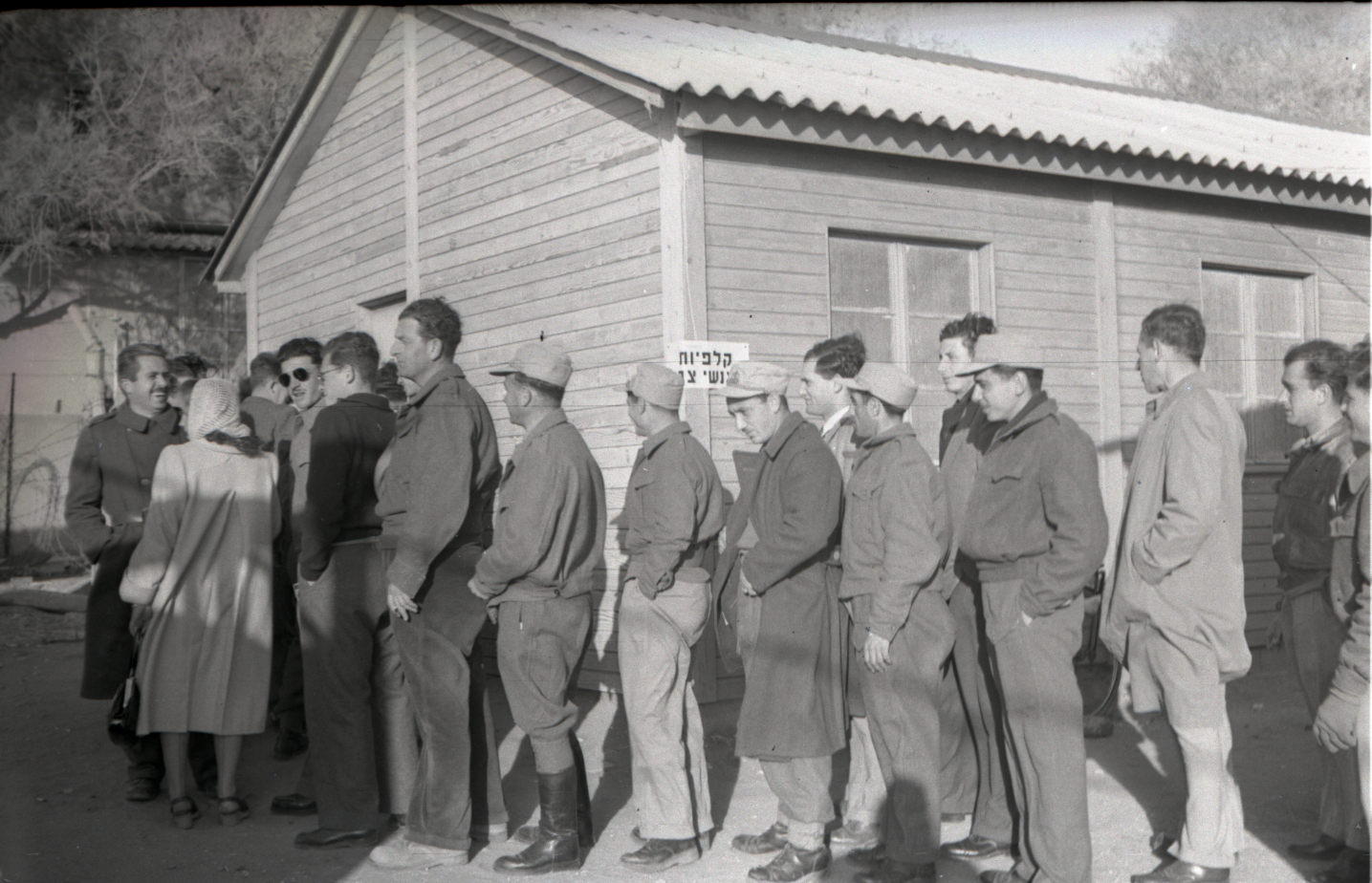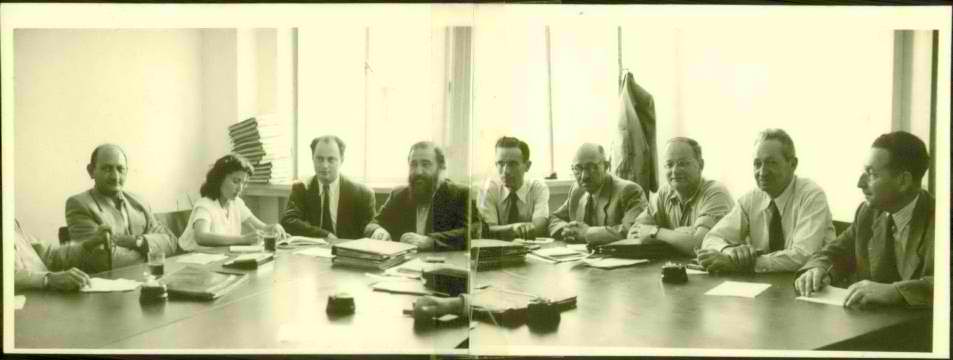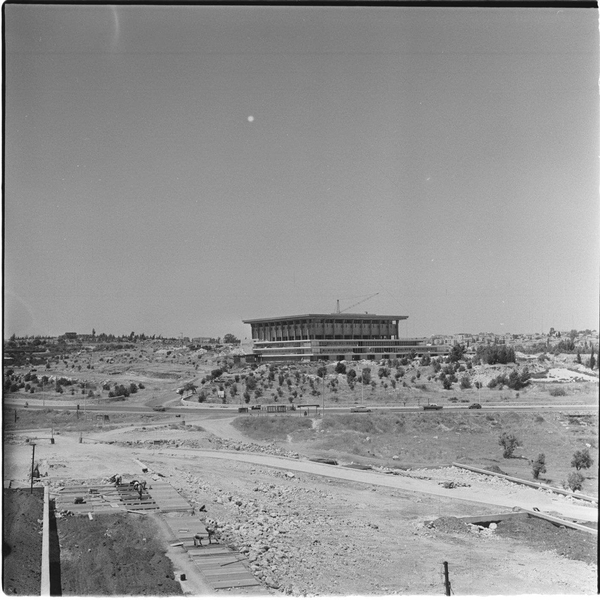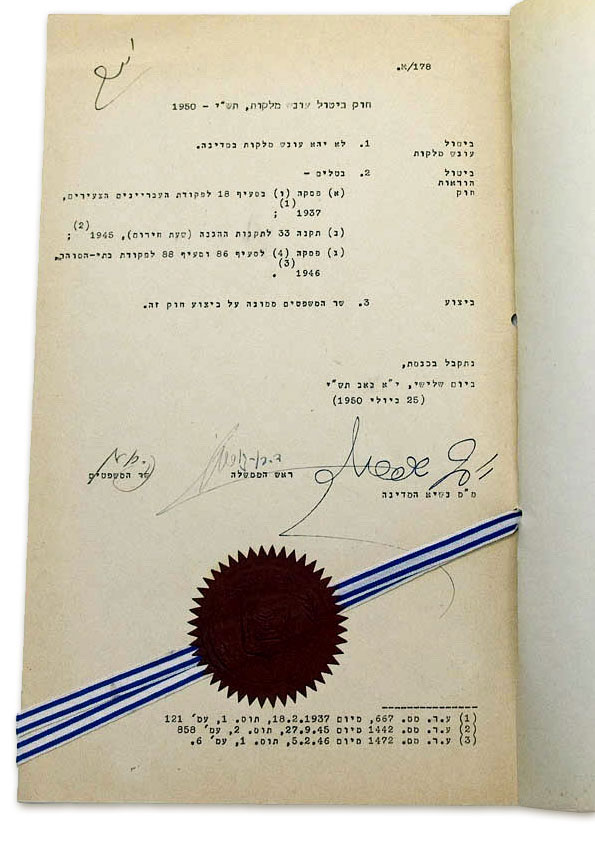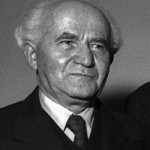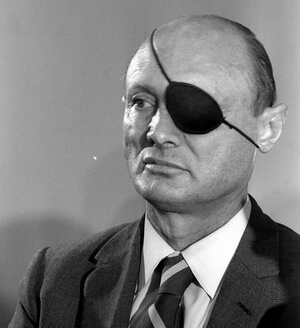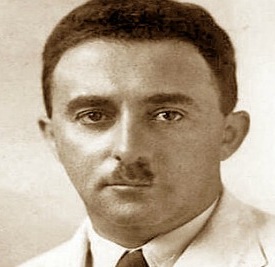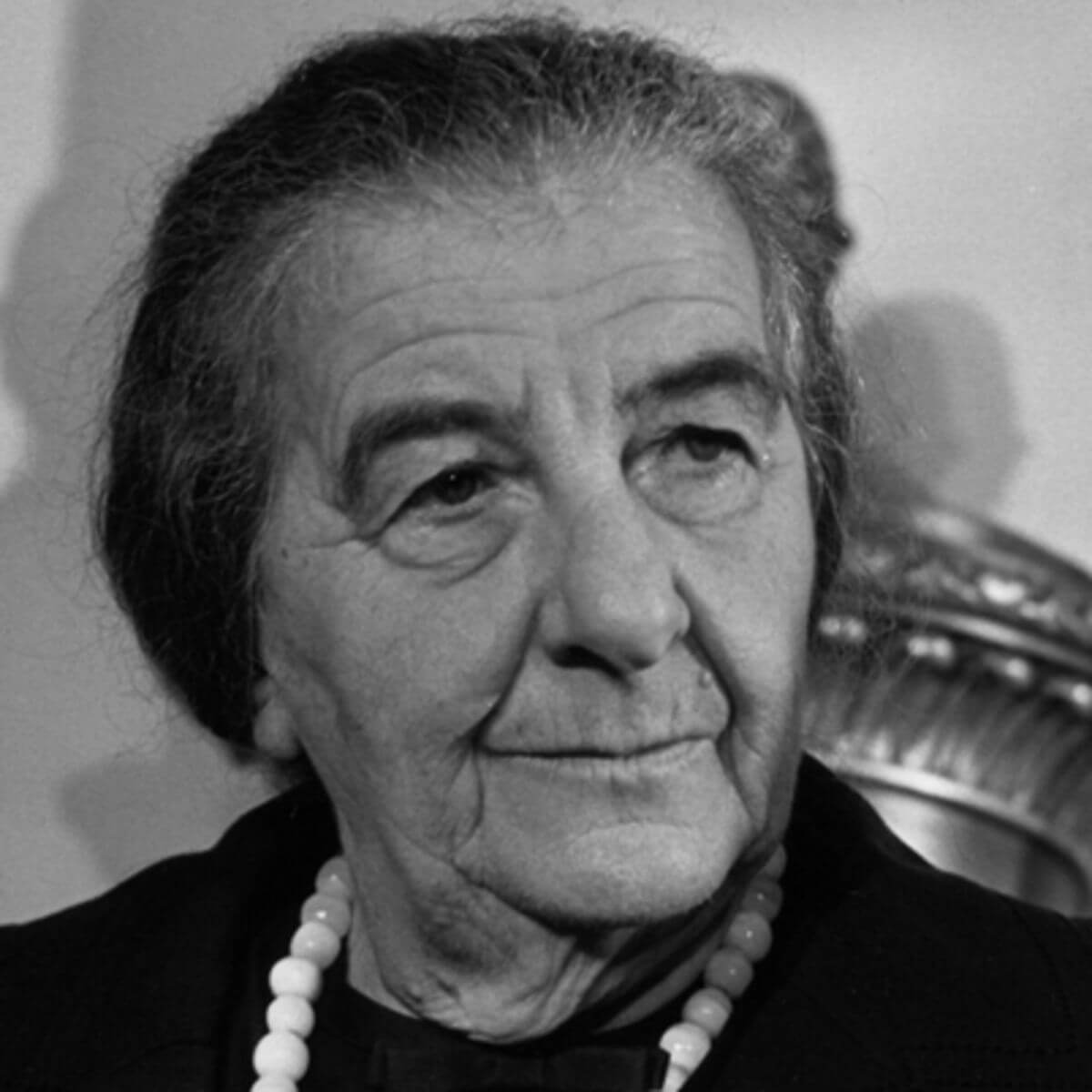“the Elected Constituent Assembly…”
The Declaration of Independence called for the election of a Constituent Assembly, in other words, an elected parliamentary body, which was to finalize the drafting of a constitution for the new state by October 1, 1948.
Due to the War of Independence, the elections were postponed, and on January 25, 1949, elections were held for the Constituent Assembly. These were the first free, democratic elections in the country.

